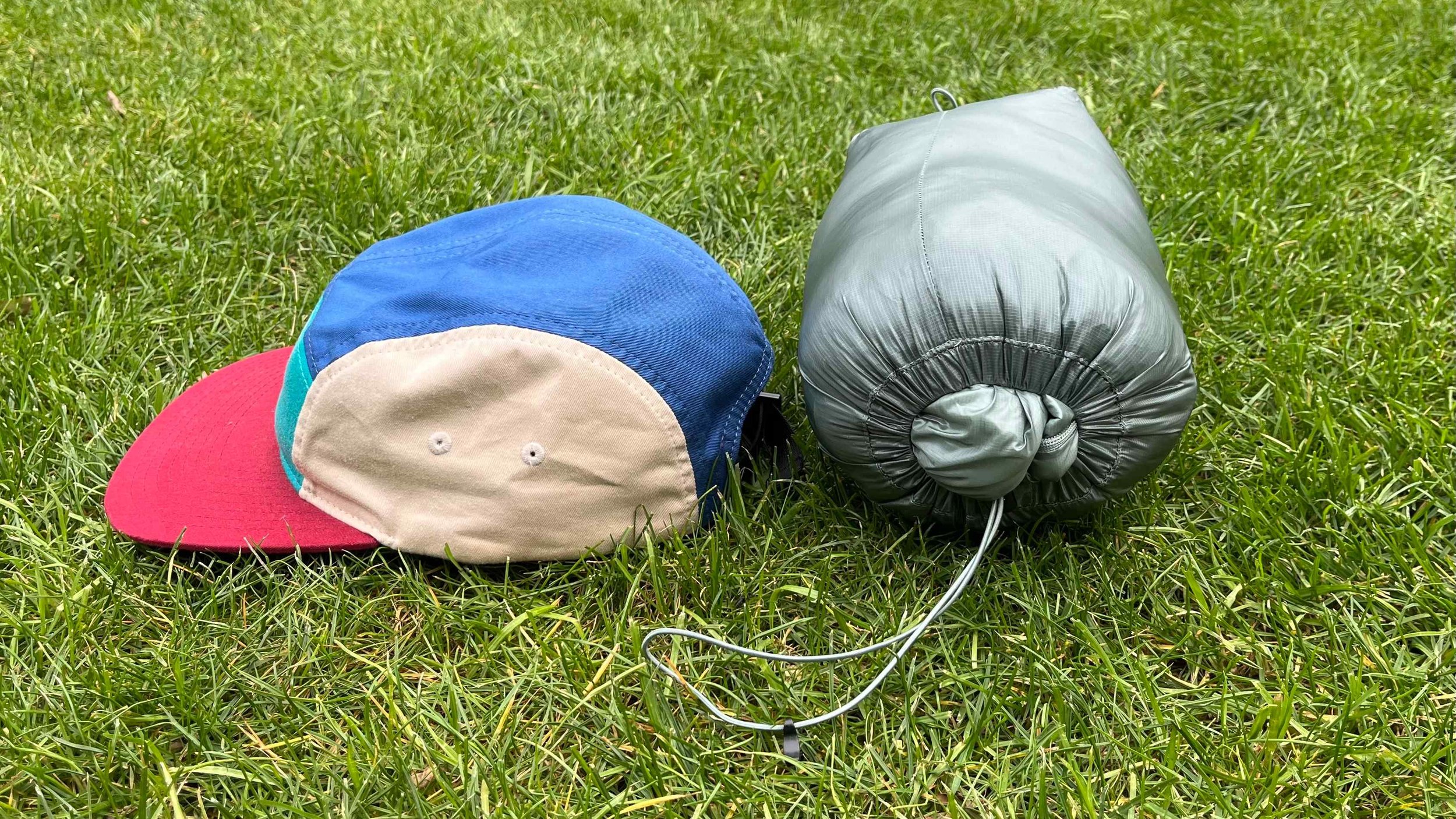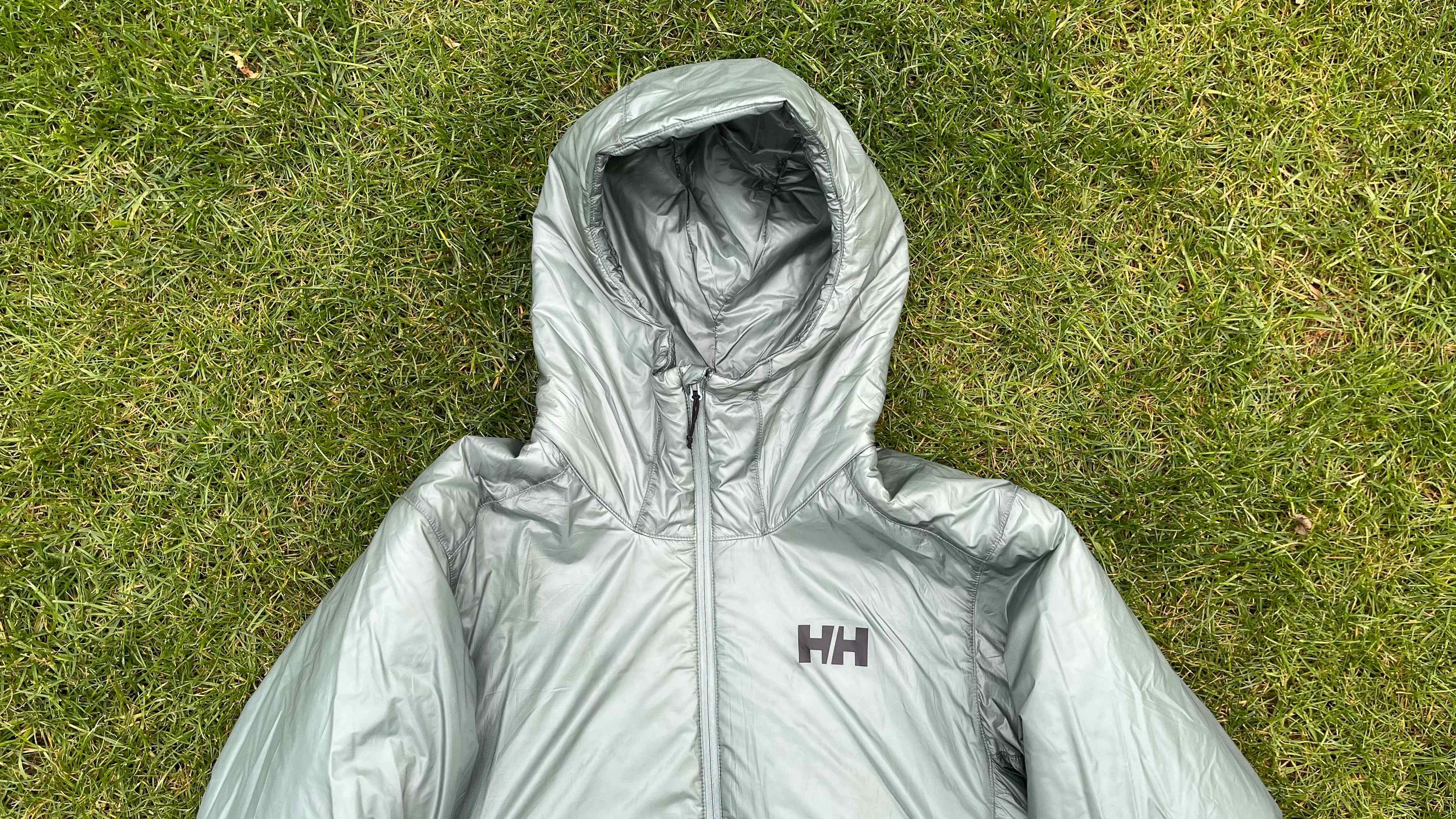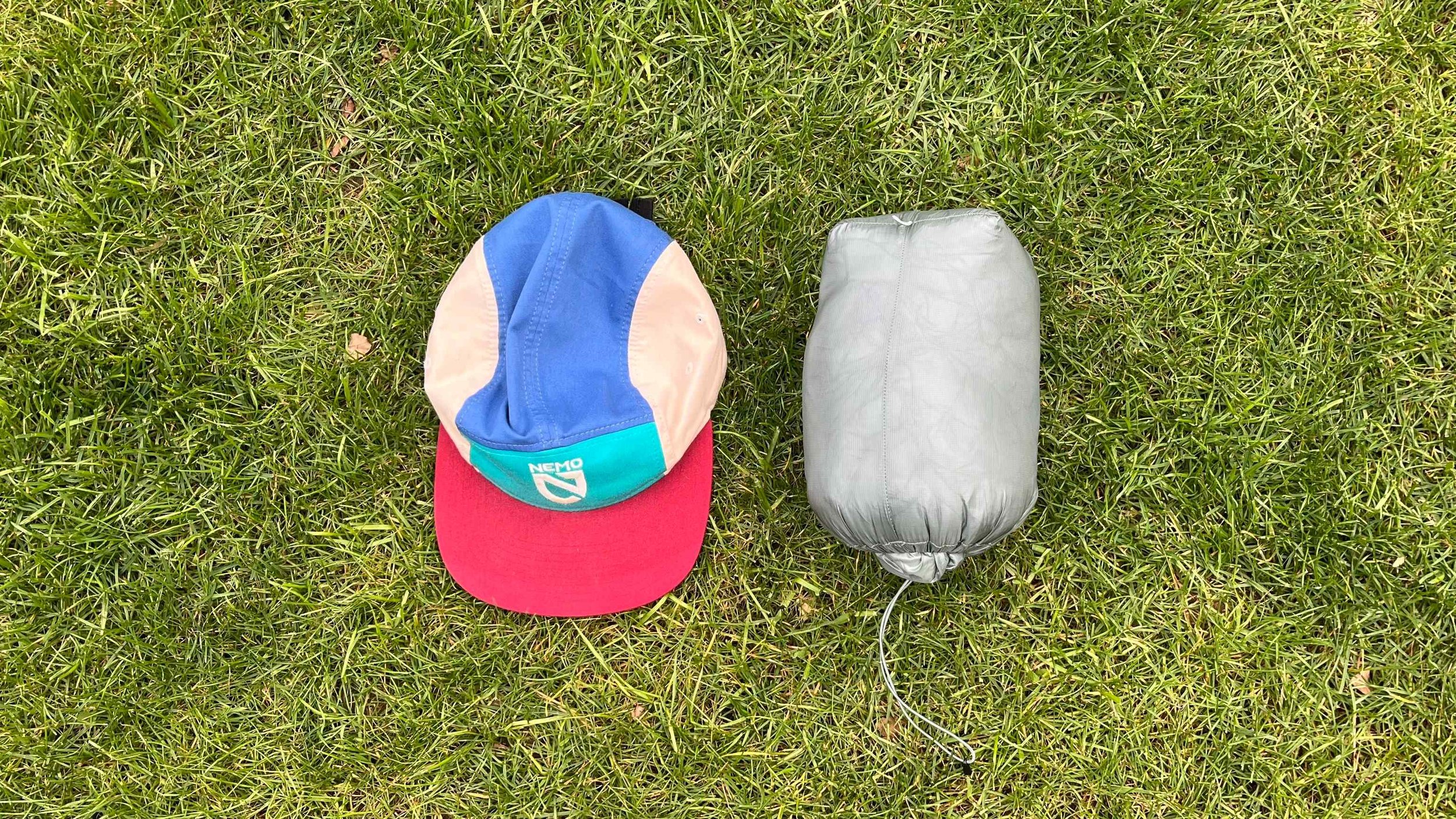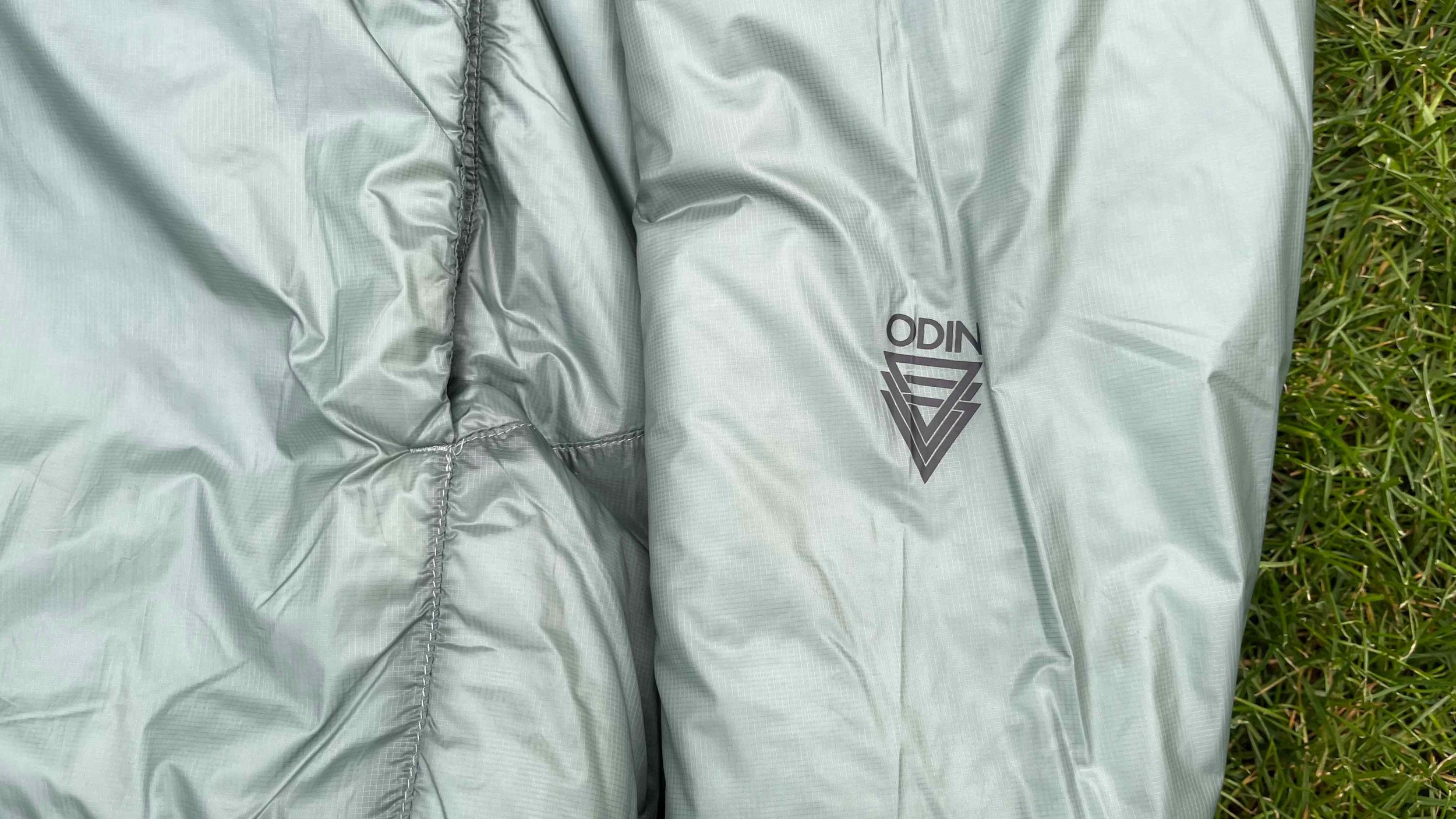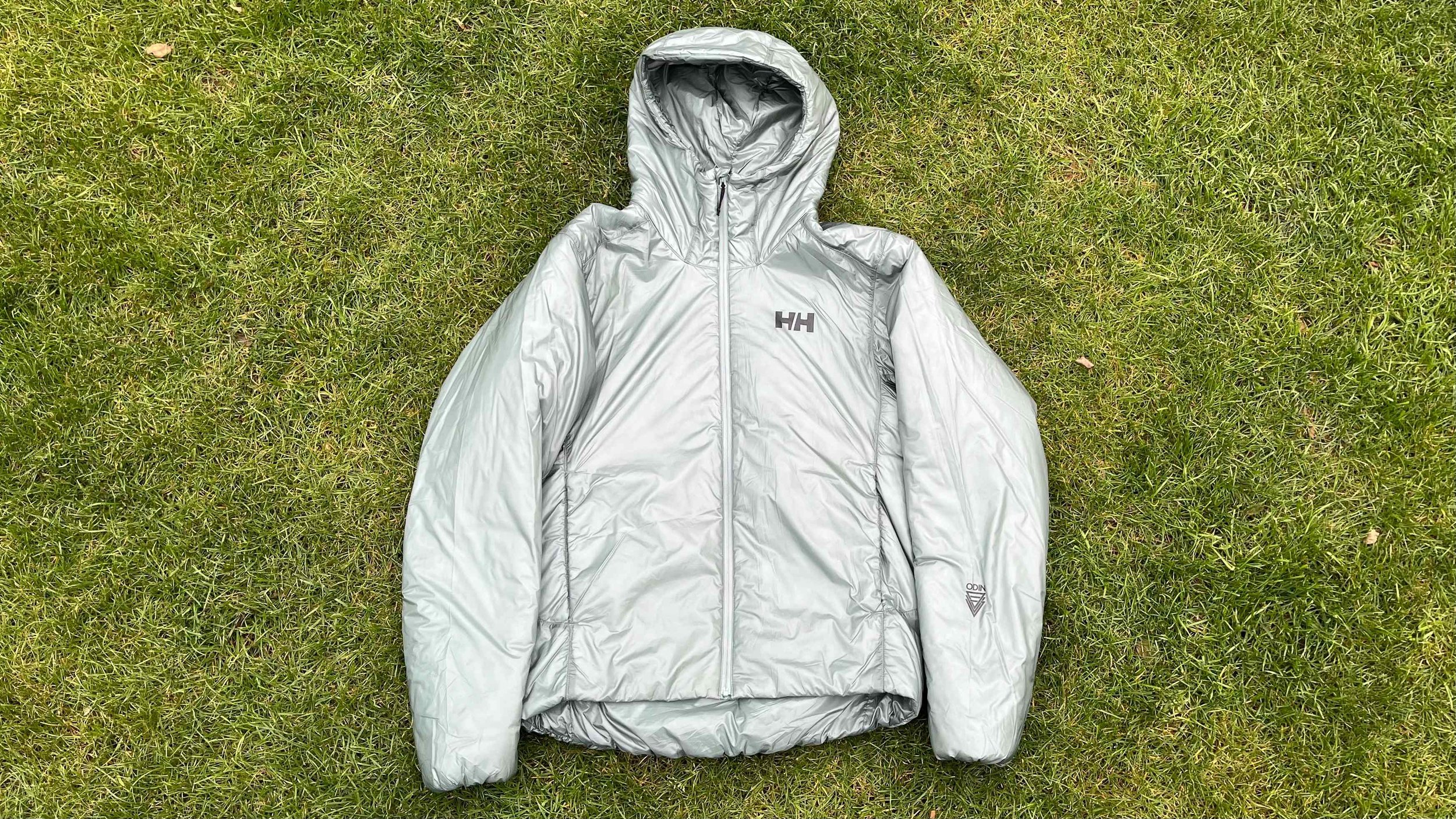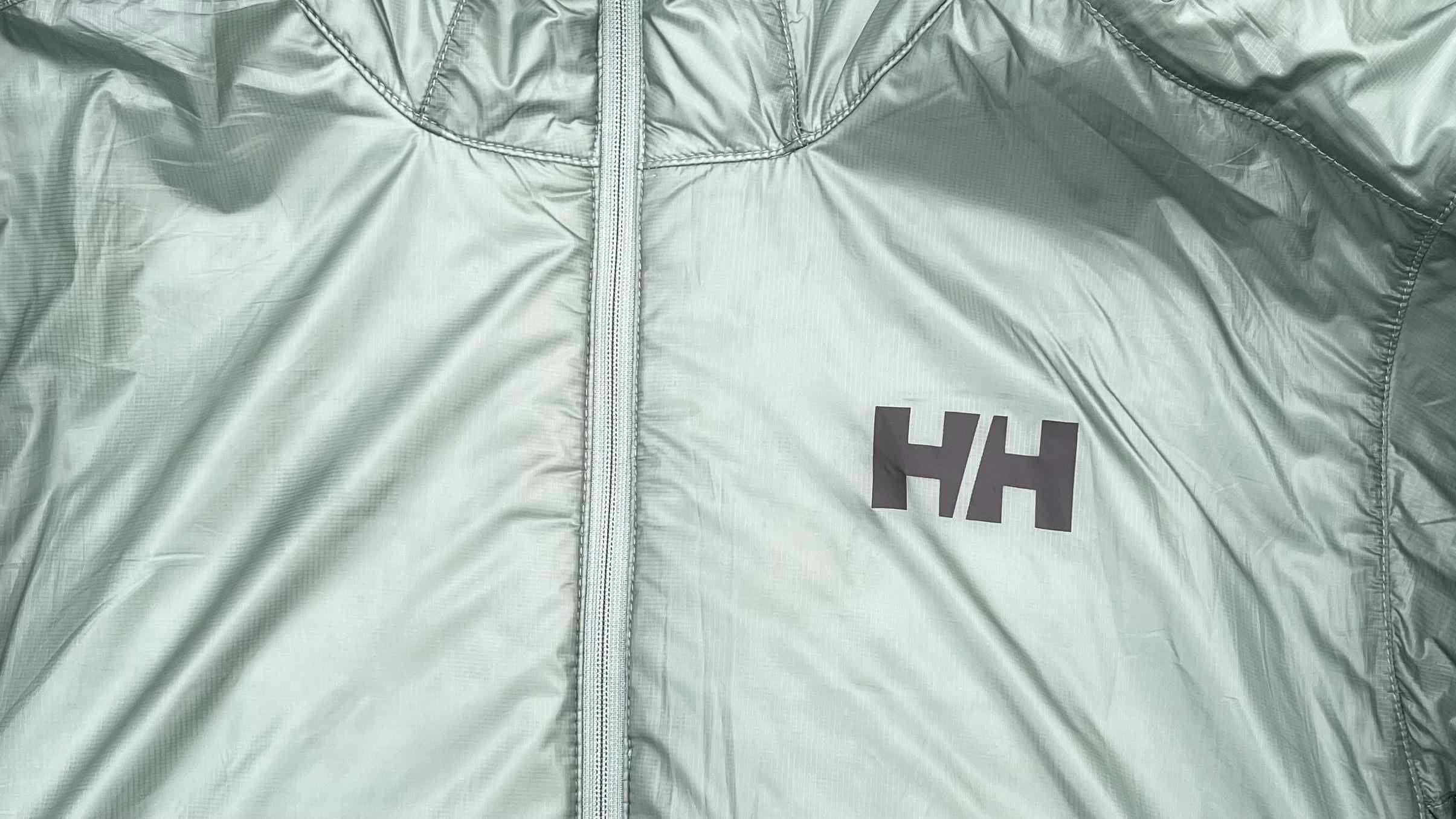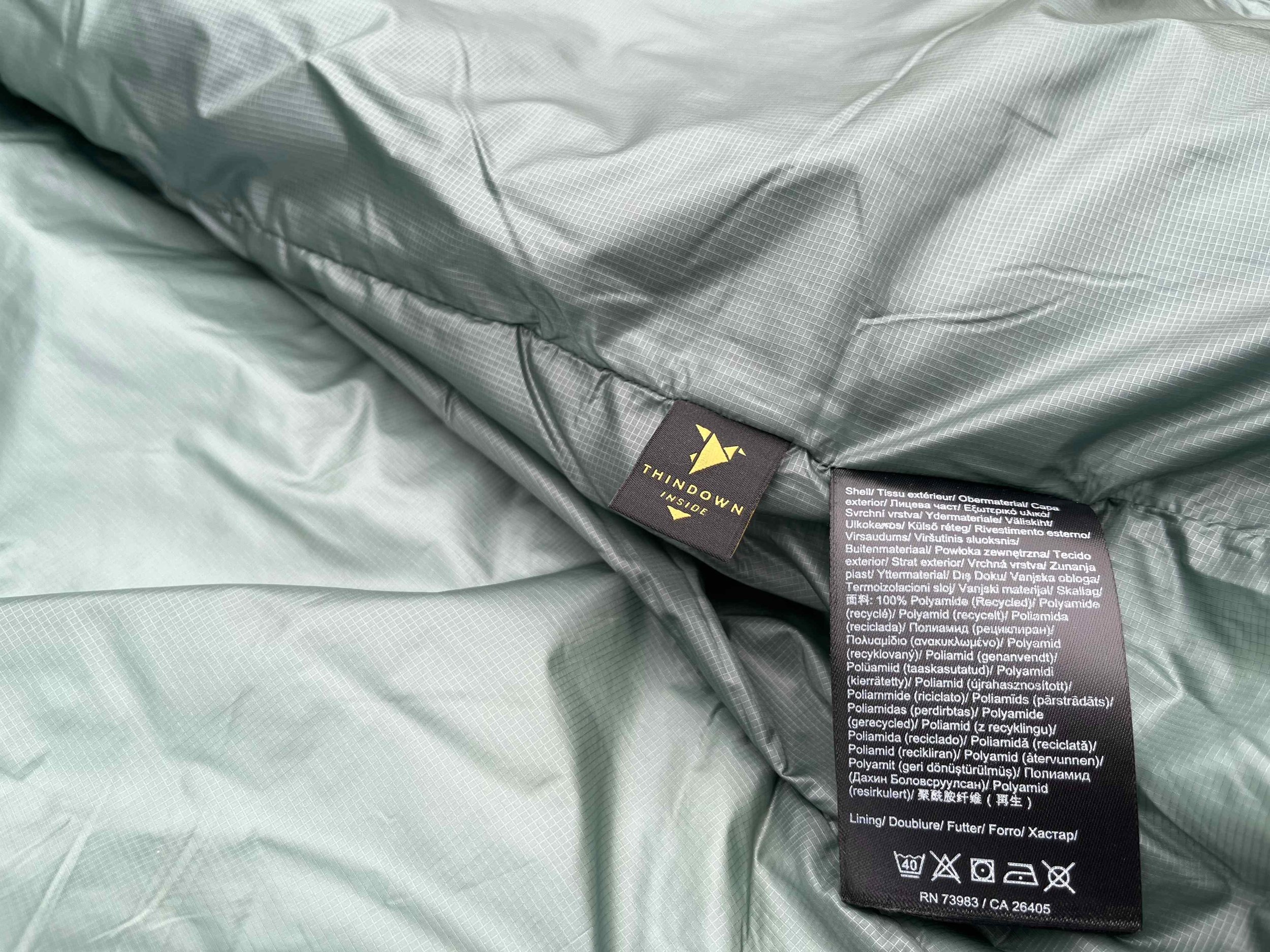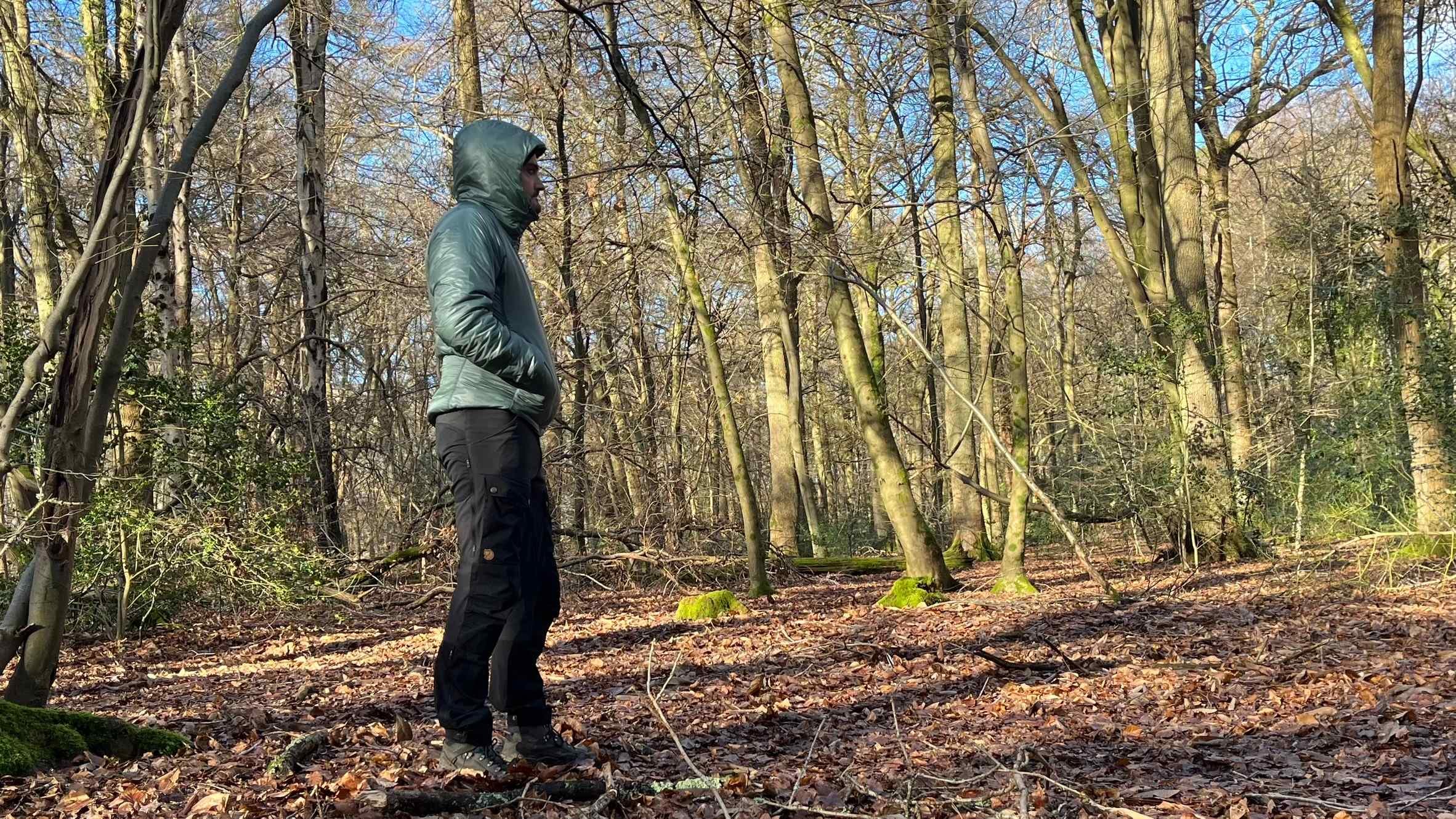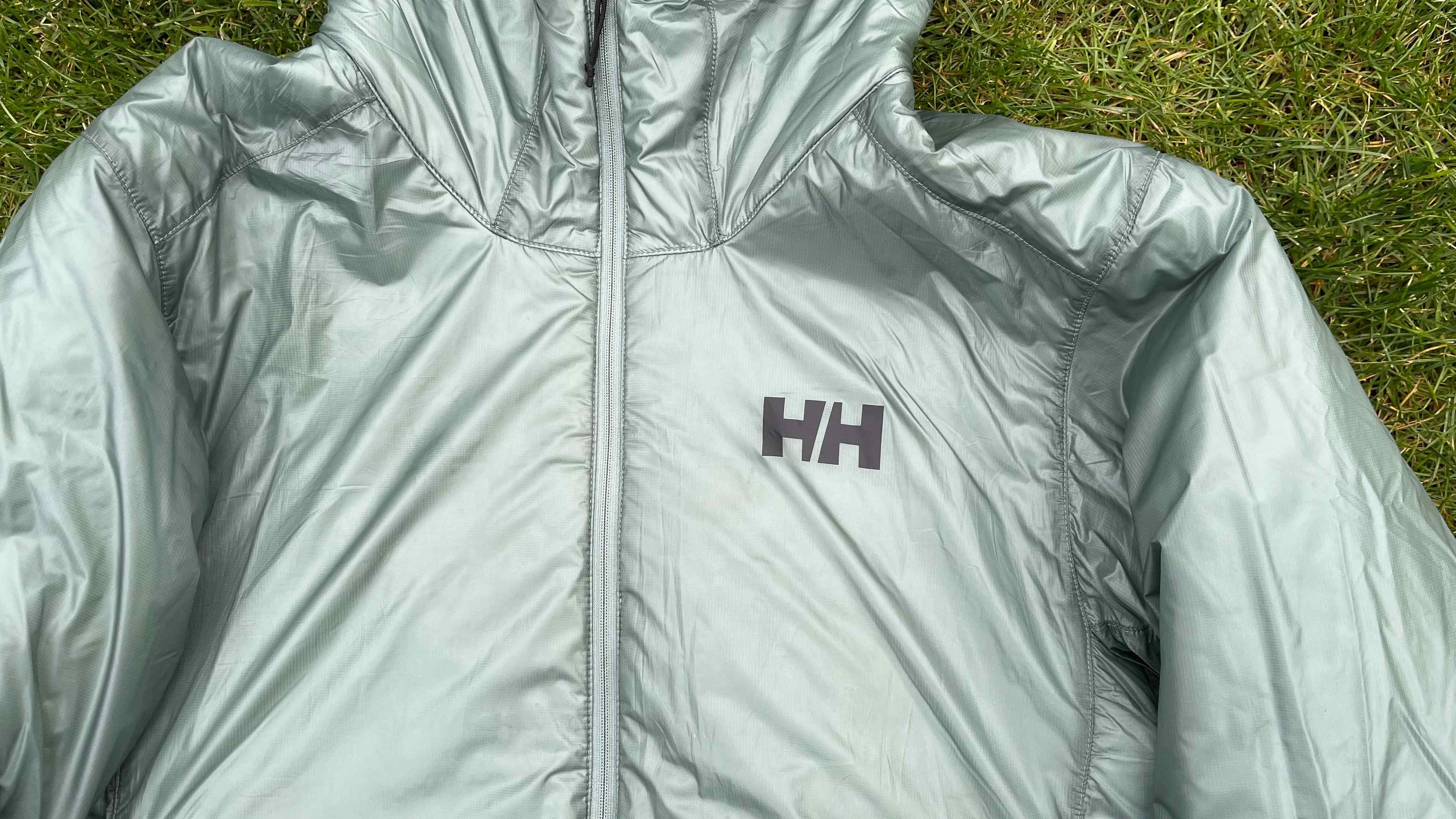Helly Hansen Odin Everdown jacket review: Gamechanging warmth to weight
A lightweight and impressively warm jacket designed for layering or standalone wear in the mountains. The Helly Hansen Odin Everdown punches above its weight in insulation while remaining exceptionally packable. But does it justify its price tag? We put it to the test in the UK's unpredictable conditions.
Helly Hansen Odin Everdown down jacket
Ideal for: Winter mountaineering, wildcamping, 3-season hiking, ultralight trips, fastpacking and bikepacking
Not suitable for: Wetter conditions or use during high-intensity activity
At just 313 grams in a men’s medium, the Helly Hansen Odin Everdown down jacket is an ultralight mid or outer layer built for serious mountain adventures. Packing down to roughly the size of a 500 ml water bottle, it offers outstanding warmth for its size — easily enough for year-round use in the UK when temperatures dip. With an RRP of £400, it’s certainly a premium investment, but one that delivers class-leading performance. Thanks to its cutting-edge Thindown insulation, this is quite simply the warmest jacket we’ve ever tested at this weight.
The Good
Unbeatable warmth to weight
Packs down tiny
Comes with stuff sack
The Bad
On the pricier end of the spectrum
Helly Hansen Odin Everdown review
Helly Hansen have been designing weather-beating gear since 1877, starting out with hardy waterproofs for North Sea fishermen. Fast forward nearly 150 years, and the Norwegian brand is still right at the cutting edge — now kitting out mountaineers, sailors, skiers and guides all over the world. We’ve tested plenty from their flagship Odin range over the years, including the Odin 9 Worlds 3 Shell Jacket and the Odin 9 Worlds Infinity Shell Trousers, both of which left us seriously impressed. Odin sits at the top of their mountain collection — minimalist, highly technical, and designed for people who live and work in the mountains.
But with the Odin Everdown, Helly Hansen have pulled off something genuinely exciting. This is the lightest insulated jacket we’ve ever tested, and somehow also one of the warmest. The magic ingredient is Thindown — an innovative panelled form of down that removes the need for baffles entirely. That means no cold spots, no stitching for wind to sneak through, and no wasted space. The result? Just 313 grams of jacket that packs down smaller than most midlayers but delivers heavyweight warmth. It’s not often we test something that feels like a real step forward — but this one absolutely does.
How the Odin Everdown stacks up on the market
The Odin Everdown down jacket enters a crowded market of insulated jackets, but makes an incredibly strong case for itself. Compared to the Mountain Equipment Lightline (717g, £260) and Rab Neutrino Pro (515g), the Odin Everdown shaves off significant weight without sacrificing meaningful warmth. Even the Patagonia Nano Puff, a hugely popular midlayer, weighs slightly more at 349g and offers notably less warmth, despite its £220 price point. If warmth-to-weight is your primary concern, the Odin Everdown leads the field — a remarkable achievement, and one that reflects genuine innovation in insulation technology.
How we tested the Helly Hansen Odin Everdown
We put the Odin Everdown through its paces on a wild camping trip in the Brecon Beacons, where temperatures barely rose above zero. We barely noticed it in our packs during long days on the trail, but each evening it delivered instant, cosy warmth that let us comfortably sit around camp. We also wore it during multiple tent-testing trips on Dartmoor between November and January, where it handled wind, rain, and freezing temperatures impressively well. Like all down jackets, it loses some warmth when wet, but we noted that the Thindown construction dried faster than conventional baffle-filled down jackets. Finally, on local walks around the Chiltern Hills in sub-zero conditions, it kept us so warm that we occasionally overheated when pairing it with a midlayer.
A closer look at the the Odin Everdown’s features
What really sets the Odin Everdown apart is its Thindown insulation. Traditional down jackets rely on individual baffles filled with loose down clusters, but here Helly Hansen have used stitched panels of down to create a smooth, uniform sheet of insulation. That instantly eliminates cold spots — those familiar frustrating areas where warmth often escapes — and offers consistent heat across your whole upper body. When we stood still on bitterly cold UK summits, the difference was immediately noticeable. No chill sneaking through seams, no random patches of cool air. Just even, reliable warmth.
And because those baffles are gone, the jacket offers an unexpected bonus: it blocks the wind far better than most down pieces we’ve tested. On Dartmoor ridgelines with strong gusts funnelling through, it performed almost like a softshell. That’s rare for down, and it adds to this jacket’s versatility enormously.
The cut of the jacket also shows thoughtful design. The extended rear hem drops slightly over your lower back and bum — something you’ll appreciate when you’re sat around camp on damp ground or cold rocks. During our Brecon Beacons wild camp, that extra coverage meant we could stay out longer in the evenings, happily sat by the stove with a hot brew long after sunset.
For a jacket this warm, its packability is astonishing. The included stuff sack isn’t an afterthought — it’s genuinely functional, allowing the Odin Everdown to compress down to the size of a 500ml water bottle. More than once, we tossed it into our packs as an emergency layer, knowing it added barely any weight or bulk.
On the move, the jacket breathes well. We wore it during steep winter scrambles in the Chiltern Hills and faster-paced hikes where many insulated layers would leave you hot and sweaty in minutes. The Odin Everdown kept things stable — enough insulation to stay warm but never so much that we felt clammy. The outer fabric’s wind resistance plays a role here too, letting you use it comfortably as an outer layer in settled cold weather without instantly needing a shell.
Fit-wise, Helly Hansen have nailed the sweet spot. The athletic cut hugs the body enough to trap warmth efficiently but leaves room for layering underneath. We comfortably added a midlayer or thick base layer without ever feeling restricted. The cuffs and hem seal in warmth nicely without any uncomfortable tightness or gaping.
The hood deserves particular praise. It wraps snugly around your head, offering excellent protection against wind and cold. We found it stayed in place well even during gusty Dartmoor testing. The lack of adjustment toggles or drawcords does mean it can catch in very strong winds, and it’s not designed to fit over a climbing helmet, but for general mountain walking, it’s spot-on.
Small touches elevate the experience too. The central zipper glides smoothly every time — something that sounds minor, but anyone who’s fumbled with a snagging zip on freezing ridgelines will appreciate. Even with gloves on, we never struggled to zip or unzip the jacket quickly.
And while we hope it’s never needed, the integrated RECCO reflector in the hood adds another layer of reassurance if you’re venturing into avalanche terrain. It’s another indicator that this jacket is built for serious mountain adventures.
How the Helly Hansen Odin Everdown performs in the UK
In real-world UK conditions, the Odin Everdown has consistently delivered outstanding performance. We used it during multi-day wild camping trips in the Brecon Beacons where temperatures barely nudged above zero, and it kept us warm right through the long evenings. On Dartmoor, it handled everything from howling wind to heavy rain and freezing conditions. Despite being down-filled, the Thindown insulation dried noticeably quicker than traditional baffle-filled jackets after wet spells, which makes a huge difference during changeable UK weather. On fast hikes in the Chiltern Hills during icy cold snaps, it regulated temperature beautifully — so much so that pairing it with a midlayer often proved too warm. Its ability to fend off wind almost like a softshell adds another level of versatility, meaning it covers a much broader range of UK conditions than most down jackets we’ve tested. Lightweight, packable and relentlessly warm, this is a jacket that’s ready for everything from quick winter hill walks to multi-day mountain missions.
Helly Hansen Odin Everdown FAQs
-
It’s incredibly warm — especially for its weight. The Thindown insulation delivers even heat with no cold spots, keeping you comfortable down to freezing with just a base layer. It’s not a deep winter belay jacket, but for UK conditions, it’s one of the most efficient layers we’ve tested.
-
Ideal for winter hiking, ski touring, and lightweight backpacking. It’s designed for cold conditions where warmth, low weight, and packability matter. Whether you’re on the move or stopping to take in the view, it delivers reliable insulation and comfort in wintry, dry, and windy weather.
-
It isn’t waterproof. The outer is lightly water-resistant and the Thindown copes better with moisture than traditional down, but it still loses warmth when wet. You’ll need a shell if rain’s forecast.
-
Yes, if you value performance. It’s expensive, but the warmth-to-weight ratio is superb and the Thindown tech is genuinely impressive. One of the best ultralight insulation layers we’ve tested.
-
Surprisingly durable for its weight. The outer fabric is light but tough, the zip is excellent, and the build quality is solid. With care, it’ll handle years of regular UK use.
The Helly Hansen Odin Everdown: Our verdict
For those who value packability and warmth, the Helly Hansen Odin Everdown might just be one of the finest ultralight down jackets on the market right now. It’s absolutely superb for cold-weather layering and lightweight adventures, particularly in the dry, cold and windy conditions we so often encounter across the UK hills and mountains. Whether you’re pausing for a brew on a frosty summit, chucking it in your pack for emergency warmth, or throwing it on around camp after a long day out, it performs every time.
If you’re searching for a versatile, technically impressive insulated jacket and are willing to invest in premium kit, this should be near the top of your shortlist. Sure, it’s not designed for prolonged downpours or wet winter slogs — there are better options for that — but for most UK mountain days, it’s an absolute game-changer.
In short, Helly Hansen have delivered something quite special here. The Odin Everdown combines cutting-edge insulation technology with thoughtful mountain-ready design. For fast-and-light missions, cold-weather wild camps, winter hillwalking or even stashing in your pack year-round as your just-in-case layer — this is a jacket you’ll end up reaching for time and again.
